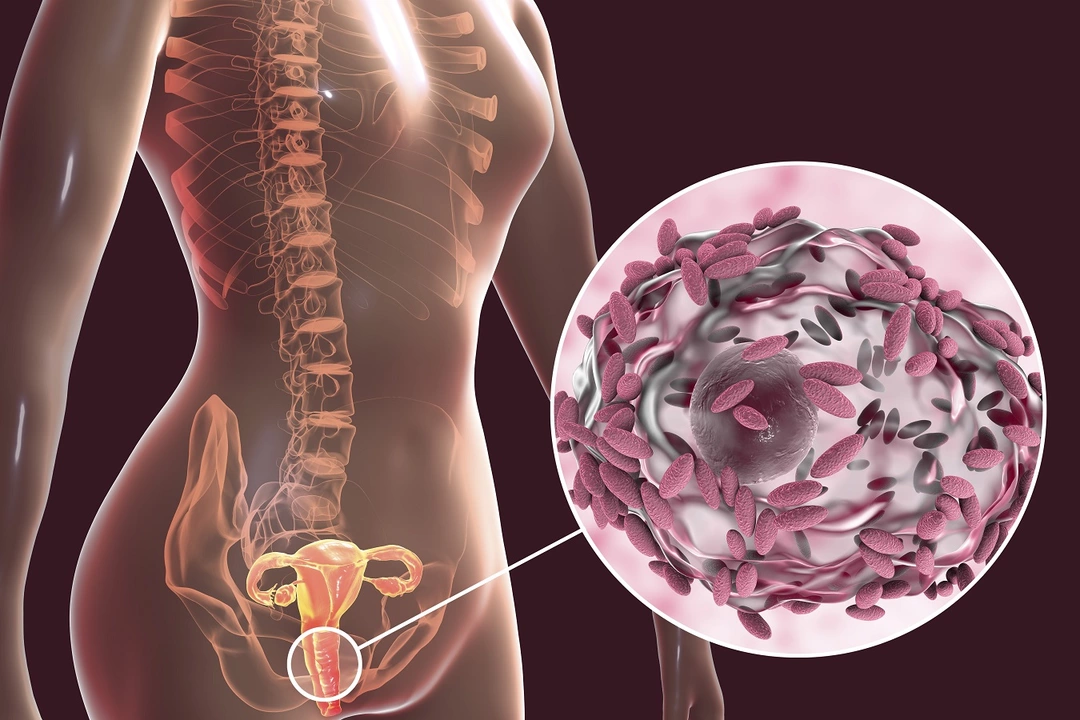Triggers: How to Spot and Manage Health Triggers
Triggers are things that set off symptoms — from a sneeze to a panic attack. Knowing your personal triggers makes life easier and keeps you out of the ER. This page collects practical tips and quick steps to find, test, and reduce your own triggers.
Start by tracking. Keep a simple diary for two weeks: note foods, places, activities, medicines, sleep, and symptom timing. Look for patterns. If headaches follow chocolate or late nights, that’s a clue. If wheeze appears after mowing the lawn or being near cat fur, you’ve found an asthma or allergy trigger.
How to test safely
Test carefully. Introduce one change at a time. Stop the suspected trigger for several days and watch what happens. For food and medication changes, talk to your doctor before you stop or start anything. Some meds require tapering — for example, our guide on stopping prazosin explains safe steps to prevent withdrawal.
Control your space. Simple fixes help a lot: use HEPA filters and dust-mite covers for allergy triggers, avoid smoke and strong smells for asthma, and dim bright, flickering lights if they trigger migraines or vertigo. For vertigo, secure rugs and add grab bars — small changes reduce falls and panic.
Medication, mind, and plans
Mind and emotions can also trigger symptoms. Stress, sleep loss, and certain memories may spark anxiety or disordered eating episodes. Therapy, routine sleep habits, and grounding techniques work well. Our posts on therapy for bulimia and ways to lower anxiety offer practical tools you can try today.
Know medication triggers and interactions. New meds can cause side effects that mimic other problems. Read patient leaflets and ask your pharmacist about interactions — for instance, steroids like prednisolone change mood and sleep in some people. If a prescription seems to worsen symptoms, call your prescriber instead of stopping suddenly.
Have a plan. For allergic reactions or asthma attacks, keep rescue inhalers, antihistamines, or an epinephrine auto-injector handy if prescribed. Share your plan with family or coworkers so someone can help in an emergency.
When to get professional help: if triggers cause frequent or severe symptoms, if you need to stop a medication, or if exposure risks your safety. A doctor can order tests, adjust treatment, or recommend referral to an allergist, ENT, or mental-health specialist.
Small prevention habits matter. Wash bedding weekly in hot water, avoid peak pollen times, check food labels, and manage stress with brief daily routines — five minutes of breathing or a short walk can lower reactivity.
Use this site’s guides for practical steps on specific triggers — asthma inhaler choices, safe online pharmacy tips, stopping meds safely, and more. Keep notes, be patient with the process, and remember: identifying triggers rarely happens in one day. With tracking, small tests, and smart prevention, you’ll cut bad days and feel more in control.
If you’re unsure where to start, pick one area — sleep, food, or environment — and focus there for a month. Track changes, share notes with your clinician, and adjust steps together. Small wins build confidence and steady improvement daily.

